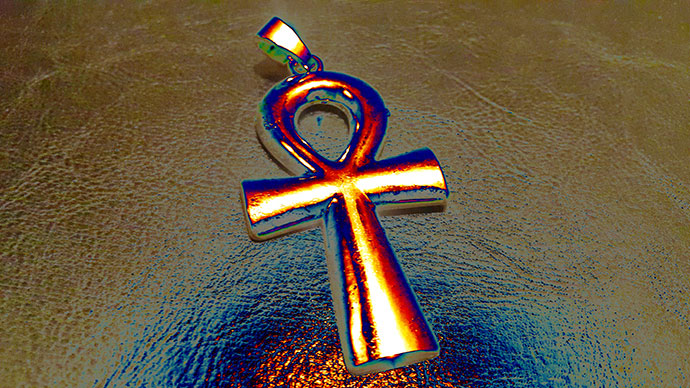
So what is the true mystical Ankh symbol meaning? This cross-like symbol is frequently found in ancient Egyptian inscriptions and artefacts for centuries, and is still prominently seen in modern civilization?
Ankh symbol meaning
The Ankh is one of Egypt’s most ancient symbols. It is an Egyptian hieroglyph that means “life” (`nh = Ankh) and was often found in paintings in ancient tombs.
Also known as the Egyptian Cross, the Ankh also resembles another ancient Egyptian symbol, the “tyet”. The tyet, known as the Knot of Isis, or “girdle of Isis” has a similar meaning, which is “life”. Some scholars regard the Ankh as a sign of protection because tyet amulets were placed at the neck of mummies to invoke the protection of Isis.
Another meaning was derived during the Middle Kingdom, as the word ‘nkh also meant “mirror”. This supports the belief that ancient Egyptians had, that the afterlife was a mirror reflection of life on earth.
Victor Loret, a 19th century Egyptologist theorised that the Ankh was a handheld mirror but this was later disproved by many ancient drawings depicting the Ankh being held by the loop, with fingers going through the loop itself. Despite these conflicting theories about its actual meaning, the Ankh is now universally accepted to mean life.
The importance of the Ankh
Because of the belief that the Ankh symbol represents both life on earth and the afterlife, many Egyptian gods, especially the goddess Isis, are often shown holding the Ankh to represent their liveliness and immortality.
The loop at the top of the symbol reinforces the belief that it represents eternal life because the loop has neither a beginning nor an end.
Artworks found in tombs, show the gods handing the Ankh to pharaohs or holding it up to the nose of the deceased, signifying breathing in life. For instance, the Sun-god Horus offering the Ankh to pharaoh Ramesses II.
This belief in the afterlife is why the Ankh was often added to the sarcophagi of pharaohs as a sign of the gods giving eternal life to the deceased royalty. It served as the key to the gates of death and beyond. There are many statues of pharaohs clutching the Ankh in each hand, with the arms crossed over their chest.
What religion does the Ankh represent?
While the Ankh is presently seen as a harmless universal symbol in all cultures and religions, historians say it was once adopted by Egypt’s Coptic Christians in the 4th century AD. They regarded it as a symbol of Christ’s promise of eternal life through his death and resurrection. Over the years, the Ankh later lost the loop and became the Christian cross we see today.
The Ankh symbol in the modern world
Many centuries later, the Ankh symbol or Key Of Life continues to be widely accepted as a symbol of life and is commonly seen in jewellery and art. Ancient Egyptians wore amulets and pendants with the sacred symbol, and such jewellery is still in fashion today, made popular by celebrities.




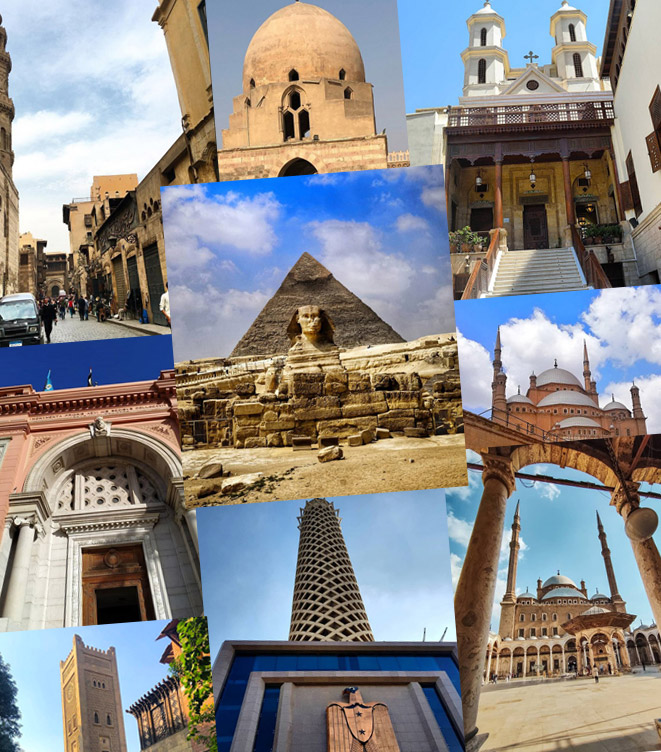
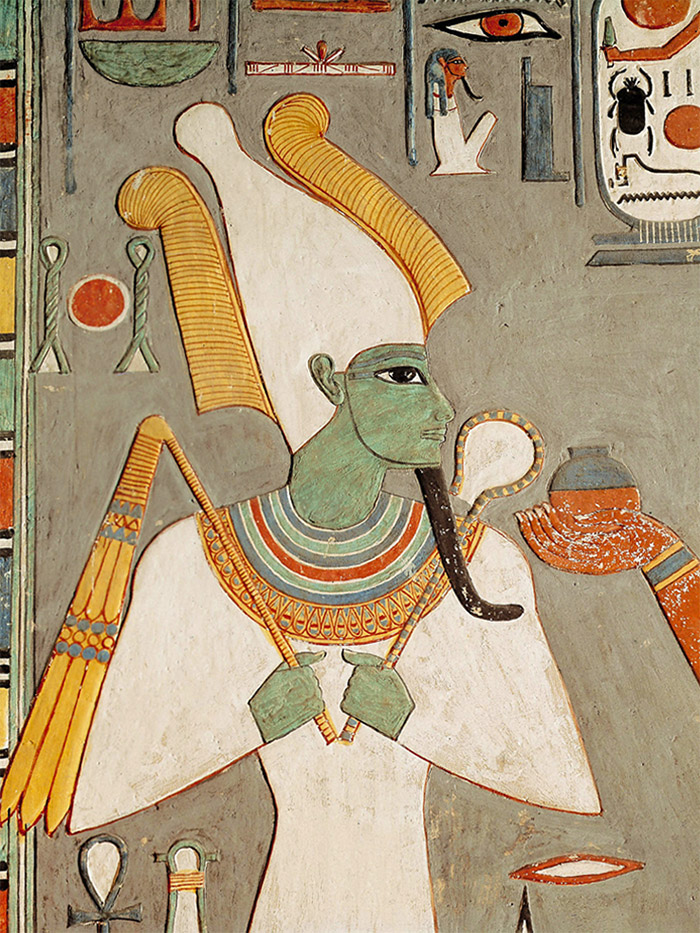
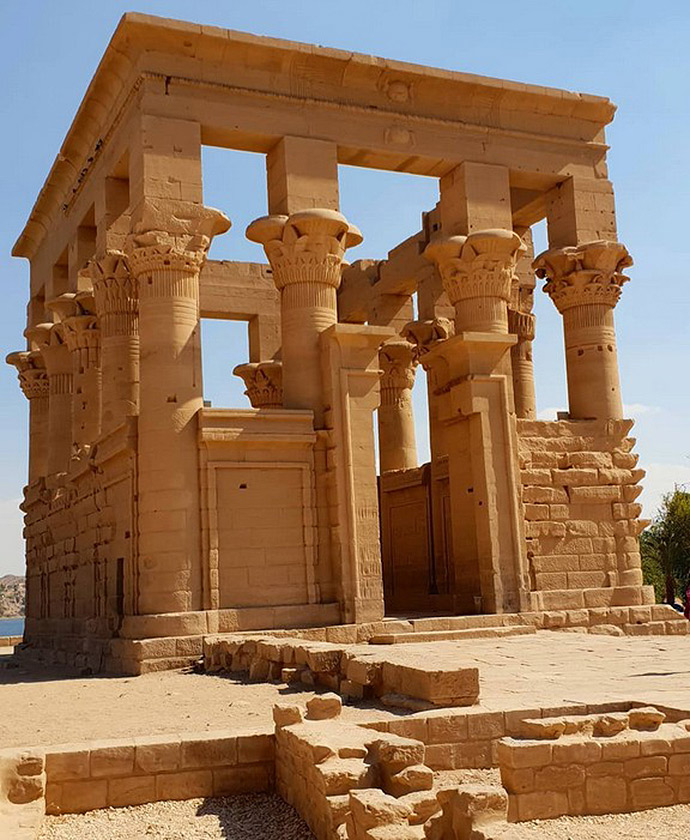
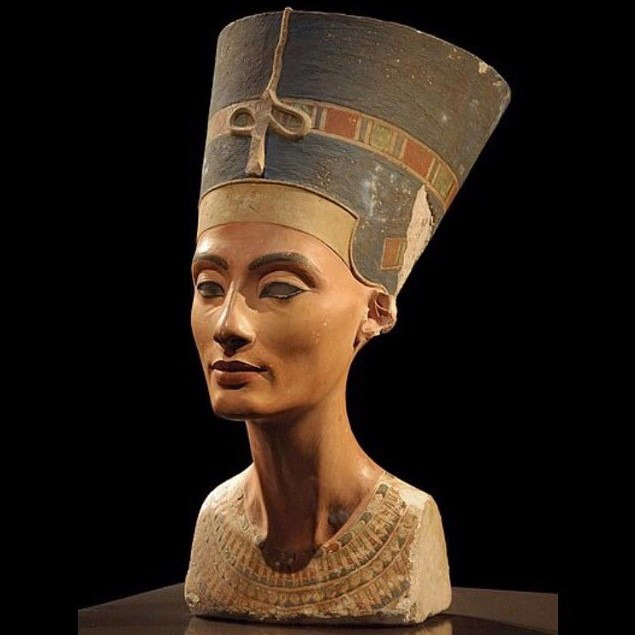
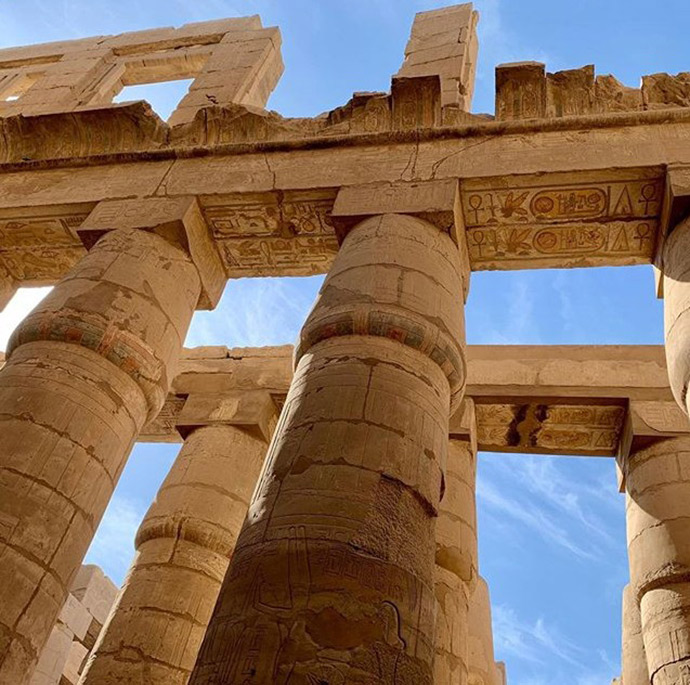
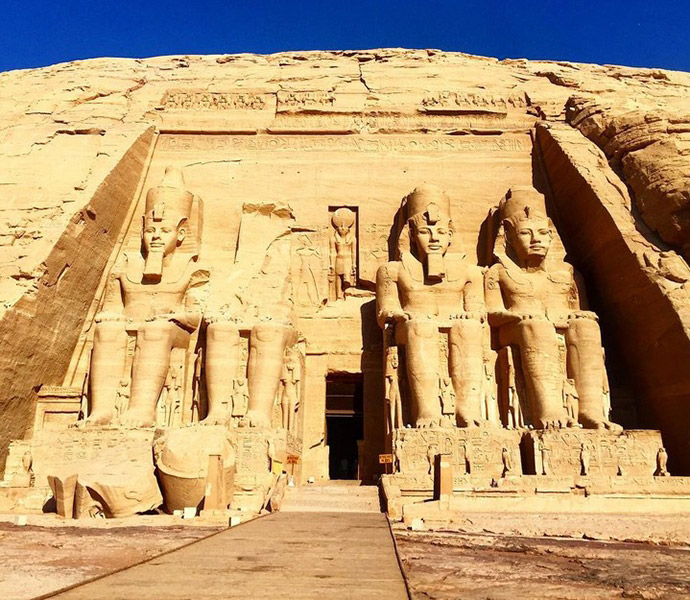
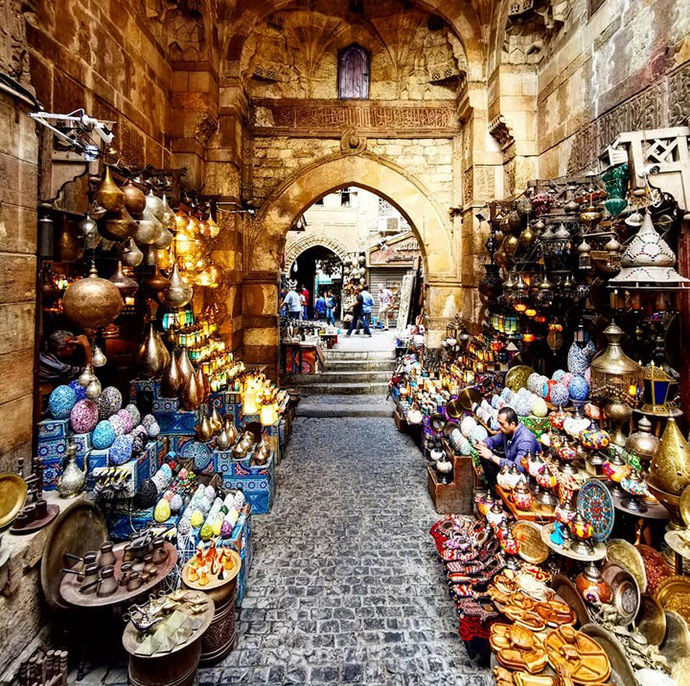
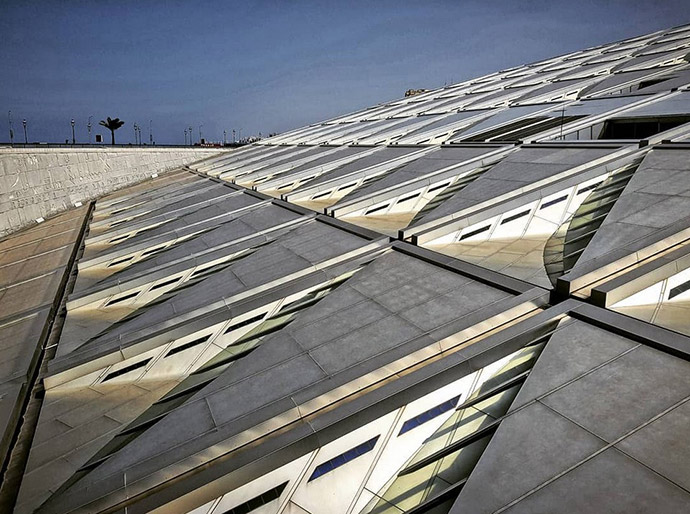

Amazing images and such great information! I have to go to Egypt for a nice long visit now.